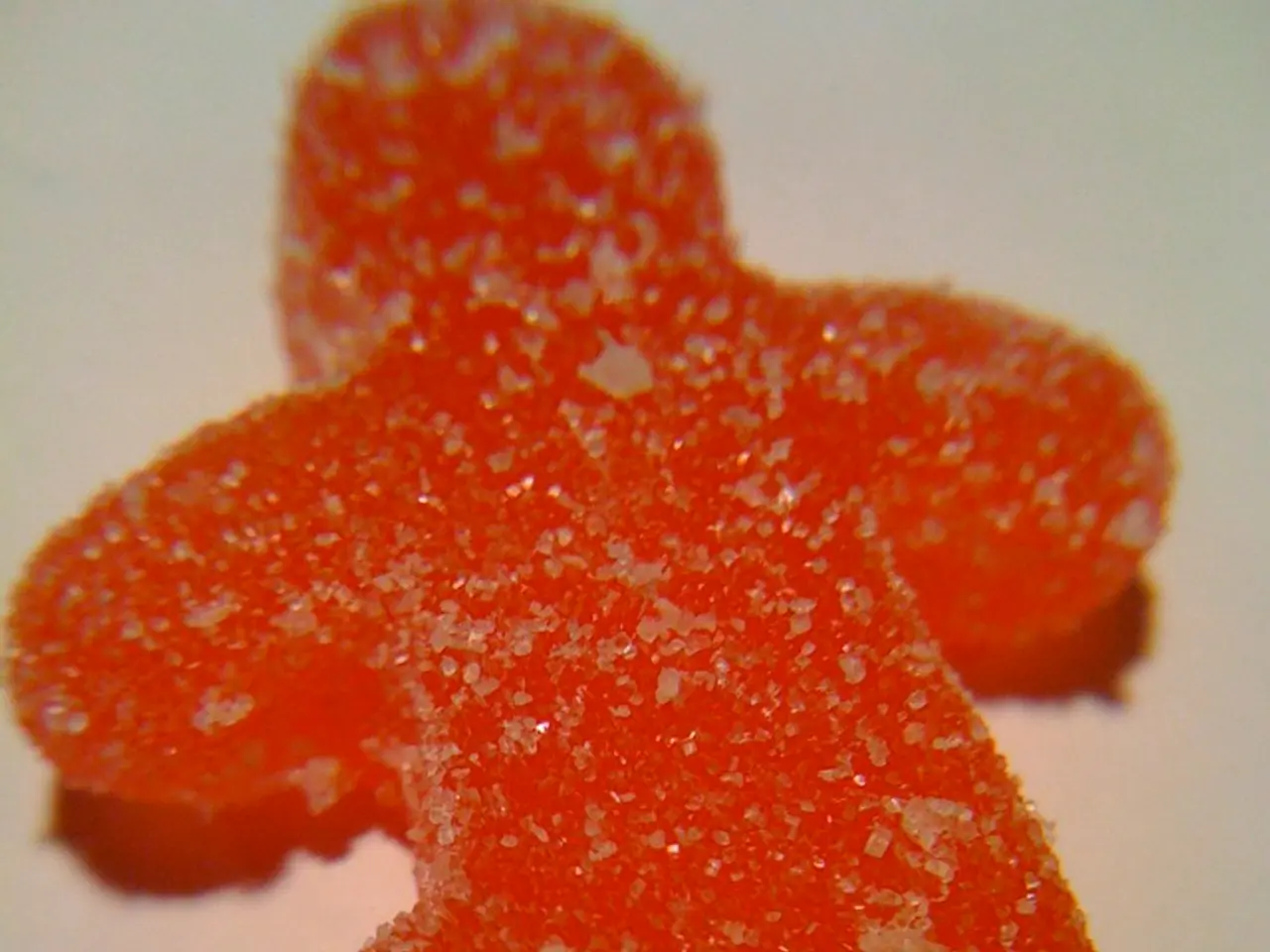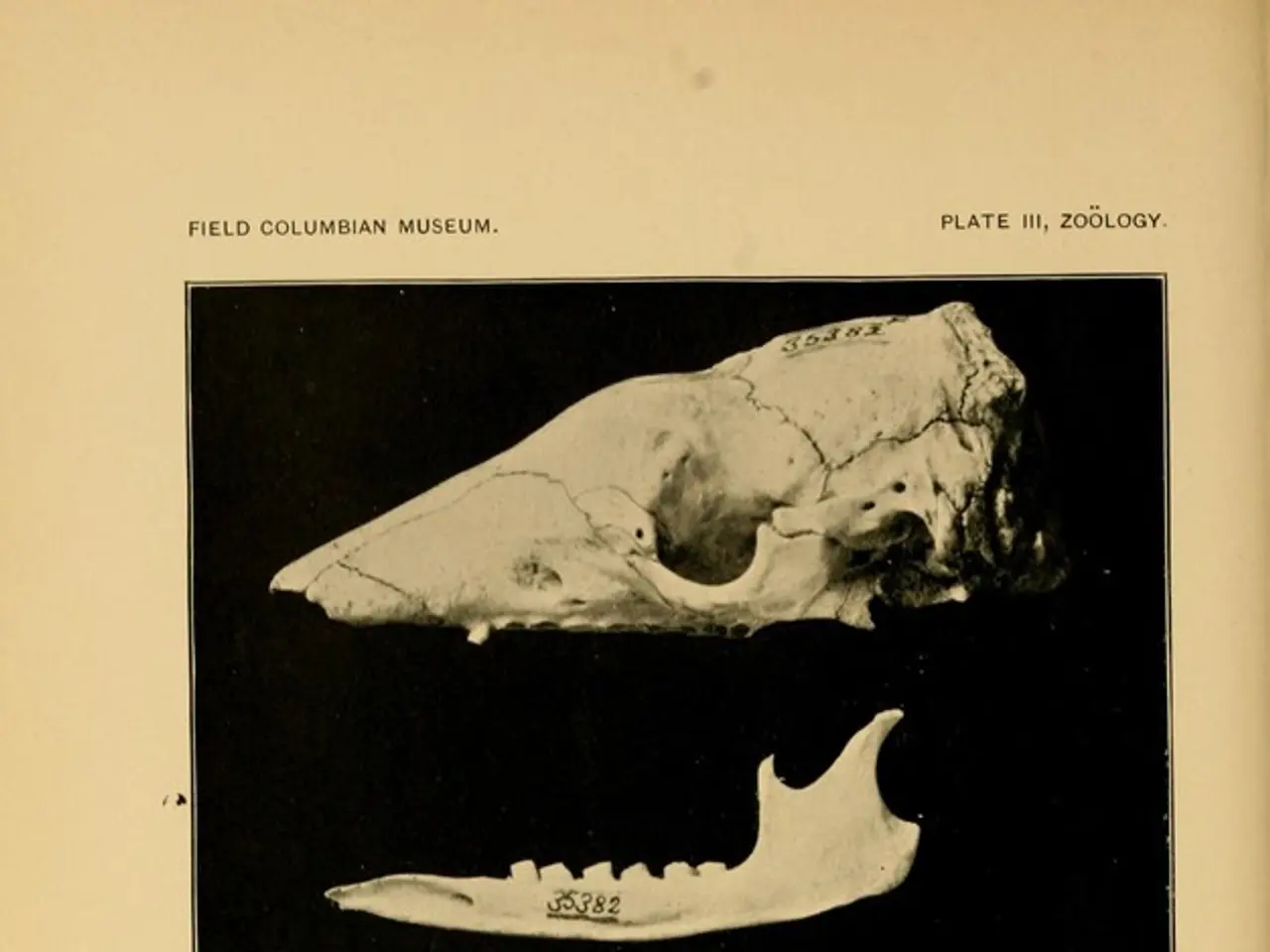Unpleasant and Unloved Porridge: Evaluating Its Pros and Cons
Semolina, a type of grain made from hard wheat, is often overlooked in favour of other grains due to its nutritional profile and taste. Compared to other grains, semolina has less fiber, vitamins, and minerals [1]. However, it does contain B vitamins, especially B1 and B9, vitamin E, and minerals like potassium, magnesium, and iron [2].
One of the advantages of semolina is its easy digestibility and gentle nature on the stomach [3]. Despite these benefits, semolina porridge is not favoured by children due to its distinct nutty and mildly sweet flavour, which may be less immediately appealing to young palates [1].
To make semolina porridge more appealing to children, it can be adjusted in sweetness using ingredients such as honey, maple syrup, or flavourful toppings like candied nuts and dried fruits. For example, a traditional Russian Guriev porridge, made from semolina and milk, becomes more appealing with the addition of candied nuts, honey, and baked milk skin layers, offering a richer, sweeter flavour profile that children generally enjoy [4][5].
However, it's important to note that semolina contains phytic acid, which inhibits the absorption of some minerals like calcium, iron, and zinc [6]. Soaking semolina before cooking can help reduce the effect of phytic acid on mineral absorption.
Another aspect to consider is the impact of semolina on blood sugar levels. Semolina quickly raises blood sugar levels, making it a food that should be consumed in moderation, especially for those with diabetes or those watching their blood sugar levels [7].
In conclusion, while semolina porridge may not be the most popular choice among children due to its taste and impact on blood sugar levels, it can be made more appealing and nutritious by adjusting its sweetness and adding flavourful ingredients. As with any food, moderation and balance are key to maintaining a healthy diet.
References: [1] Live Kuban, (2020). The Most Beneficial Porridge for Adults. Retrieved from https://livekuban.com/food/the-most-beneficial-porridge-for-adults/ [2] Nutrition Data, (2021). Semolina Nutrition Facts & Calories. Retrieved from https://nutritiondata.self.com/facts/cereal-grains-and-pasta/6424/2 [3] Healthline, (2020). Semolina: Nutrition, Benefits, Risks, and Recipes. Retrieved from https://www.healthline.com/nutrition/semolina [4] Russian Cuisine, (2021). Guriev Porridge. Retrieved from https://russiancuisine.net/guriev-porridge/ [5] Taste Atlas, (2021). Guriev Porridge. Retrieved from https://www.tasteatlas.com/guriev-porridge/46814 [6] Healthline, (2021). Phytic Acid: What It Is and Why It's Important. Retrieved from https://www.healthline.com/nutrition/phytic-acid [7] Diabetes.co.uk, (2021). Semolina. Retrieved from https://www.diabetes.co.uk/food-drink/semolina.html
- Despite its nutrient profile, semolina's distinct taste sometimes discourages children from eating semolina porridge, but adding sweeteners like honey or maple syrup, or flavorful toppings, can make it more appealing.
- To ensure optimal mineral absorption, it's recommended to soak semolina before cooking, as it contains phytic acid, which can inhibit the absorption of minerals like calcium, iron, and zinc.
- Semolina is a food that should be consumed in moderation, especially for those with diabetes or those watching their blood sugar levels, as it quickly raises blood sugar levels.




